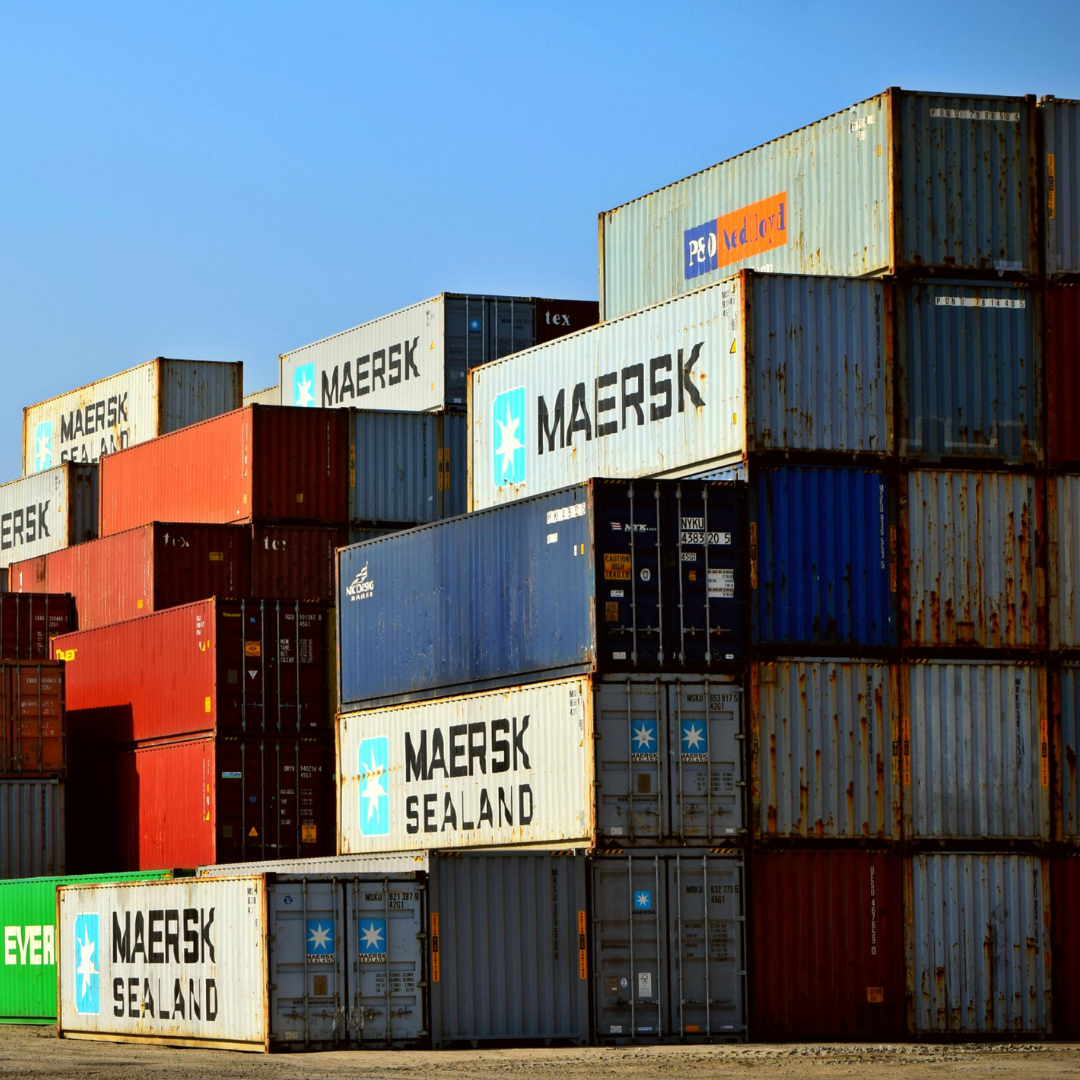
How Trump’s 2025 Import Tariffs Will Wreck the Furniture Industry—And What No One’s Talking About
Share
Brace yourselves—2025 is about to shake the furniture industry to its core. With Trump’s latest import tariffs looming, businesses are scrambling, anxiety around costs are surging and the consumers, ultimately, will be expected to foot the bill either in the form of higher prices or poorer products. Everyone is fixated on the obvious price hikes, there’s a much deeper, more insidious impact coming that no one seems to be discussing.
What's actually happening?
If you haven’t been paying attention, here’s the deal: Trump’s 2025 trade policy is bringing back a fresh wave of steep tariffs on imported goods—and furniture is right in the crosshairs.
China, where a massive chunk of the global furniture supply is manufactured, is now facing tariffs of 10% for imports into the US.

Why This Isn’t Just About Price Hikes
The knee-jerk reaction is to assume that retailers will simply raise prices, but the damage goes much deeper than that. Here’s what no one’s talking about:
- Small Businesses Will Get Crushed
Big-box retailers like IKEA and Amazon can absorb some of the tariff shock, but independent brands? With interest on debt being at a recent historic high for businesses, any increase in costs means they either eat the loss or pass it on to customers. - A Surge in Cheap, Low-Quality Furniture
Guess what happens when high-quality imports become unaffordable? The market floods with inferior, cut-rate products trying to mimic the same retail prices of high quality products. Companies will pivot to cheaper materials, lower-quality finishes, and flimsy construction to offset higher costs. Consumers will still be paying more, but for products that break faster and wear down sooner—a lose-lose situation. - The Myth of “American-Made” as a Quick Fix
For the furniture industry, "American-Made" is a non-starter. Furniture is still an extremely labour intensive product, highly susceptible to trends making automation difficult and short lived. In fact, most investments in automation and robotic production have been wound backwards as retailers increasingly want greater variety of designs and hold less stock. What actually happens, is the factories in China being hit with the tariffs simply move the production to other low-cost countries not affected by the tariff and ship from there. The goal becomes to simply circumnavigate the tariffs and it worked in record numbers. Look at the below chart from 2018 when Trump last imposed tariff on furniture imports to the US from China and you can see that the enormous shift in production location to Vietnam. - Sustainability Takes a Hit
Sustainable furniture brands already operate on tight margins due to ethical sourcing and eco-friendly materials. Now they’re facing extinction. With tariffs driving up costs, many will be forced to cut corners on sustainability initiatives just to survive. Consumers who care about eco-friendly options will soon find far fewer choices and even more superficial mass retail greenwashing campaigns.
The Real Winner? Mega-Corporations
Make no mistake—this isn’t a “win” for American businesses. The real beneficiaries? Massive corporations that can absorb the tariffs, negotiate better deals, and ride out the storm while smaller players collapse.
Expect companies like Amazon, Walmart, and Wayfair to dominate even harder, while independent furniture makers disappear from the market.

What Can You Do?
If you’re in the market for furniture, buy smart—now. Prices are already creeping up, and once the tariffs fully hit, it’s only going to get worse. Here’s what you can do:
- Invest in quality now: Buy durable, long-lasting pieces before prices spike even higher.
- Support brands that prioritize transparency: Look for companies that disclose their sourcing and pricing models.
For businesses? Adapt fast. Explore alternative sourcing, strengthen direct-to-consumer strategies, and focus on premium quality that justifies a higher price tag—because the race to the bottom isn’t one you want to win.
These tariffs aren’t just a bump in the road—they’re a seismic shift that will reshape the furniture market as we know it. If you’re a consumer, get ready for higher prices and fewer choices. If you’re in the industry? Buckle up, because the way you do business is about to change forever.
So, is this the death of affordable, high-quality furniture? Or will businesses find a way to adapt? Time will tell.
